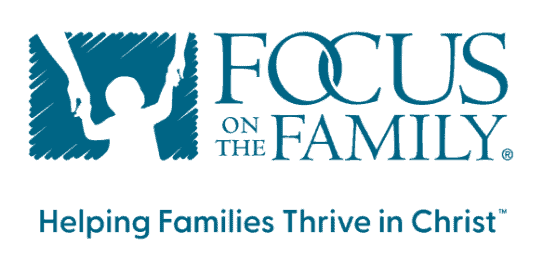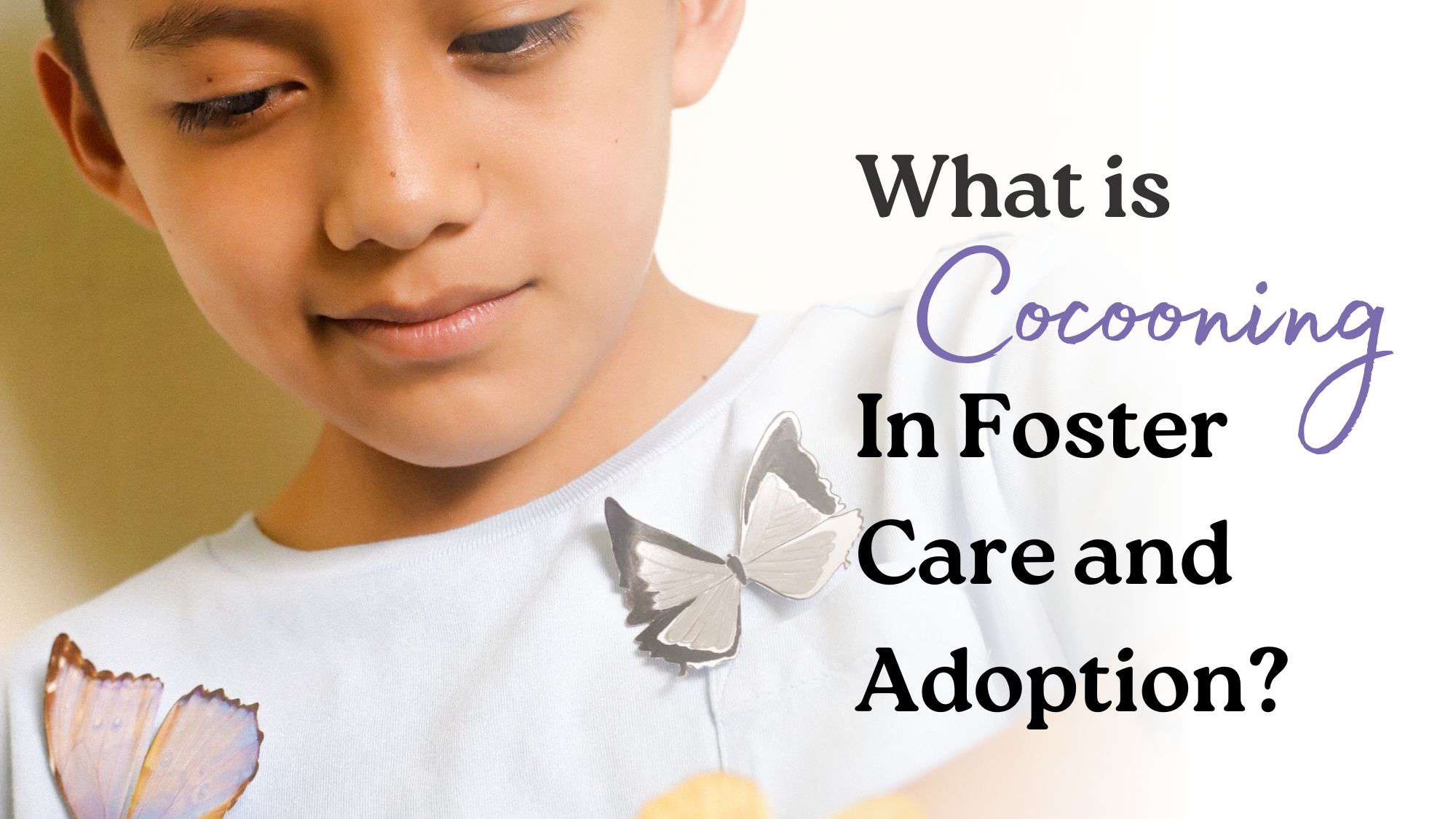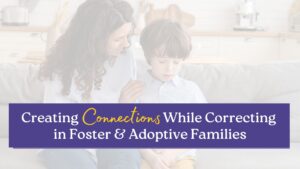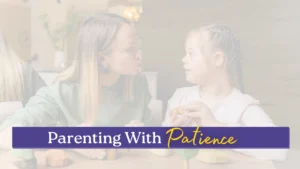Cocooning is a fantastic opportunity to bond with a child who is new to your household. If cocooning is a new concept to you, consider it an adjustment and transition time for the entire family. There are a lot of different dynamics that may accompany a new child coming into your home. Some of those may be positive, and some may be challenging. A child’s age, length of time in foster care, and possible trauma all play a factor in the cocooning needs of the child.
What Is Cocooning?
Cocooning means providing a safe space to rest, relax, recover, regulate, and build relationships between a child and their new family. The general timeframe for a cocooning season in an adoption and foster care family is between two and four months. During this timeframe, families are encouraged to limit interactions with friends and family to bond as a family. Cocooning is an art form, not a science. The key to cocooning well is to be flexible to the child’s needs.
Families need to understand the foundation and goals of what the cocooning process is trying to accomplish and where they are headed as adoptive or foster parents.
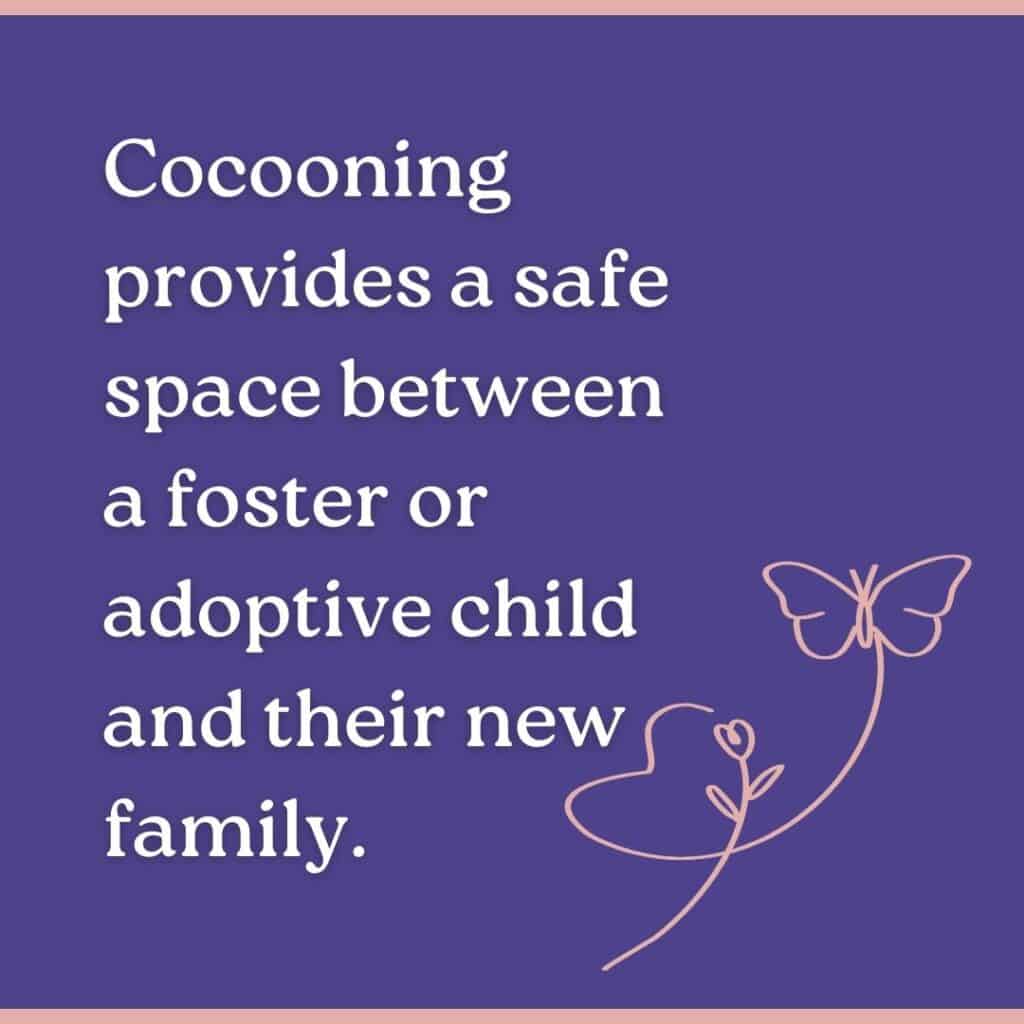
Cocooning and Attachment Cycle
Cocooning is similar to a birds nest or “turtling.” The concept of bird nests generally focuses on providing a safe place for a child to rest and regulate. When talking about “turtling,” the focus is maintaining and carrying safety while being willing to stay in control and come out of the shell and live.
When cocooning in adoption or foster care, we combine these concepts to match up with the attachment cycle. The Trust Based Relational Intervention (TBRI) concept of the attachment cycle is as follows:
- The baby has a need.
- The baby verbally expresses the need.
- The primary caregiver meets that need so that the baby feels safe and satisfied.
- When the baby feels safe and satisfied, the baby starts to trust the primary caregiver.
Cocooning is the a large part of this successful process.
Cocooning in adoption and foster care is an intentional season where parents provide safety and choose a relationship with their new child. With new infants, parents naturally do this to recover from giving birth, and keep their baby away from germs and illness. Limiting the number of people holding a baby, for example, is a safety precaution that often helps the baby continue to attach to the parents.
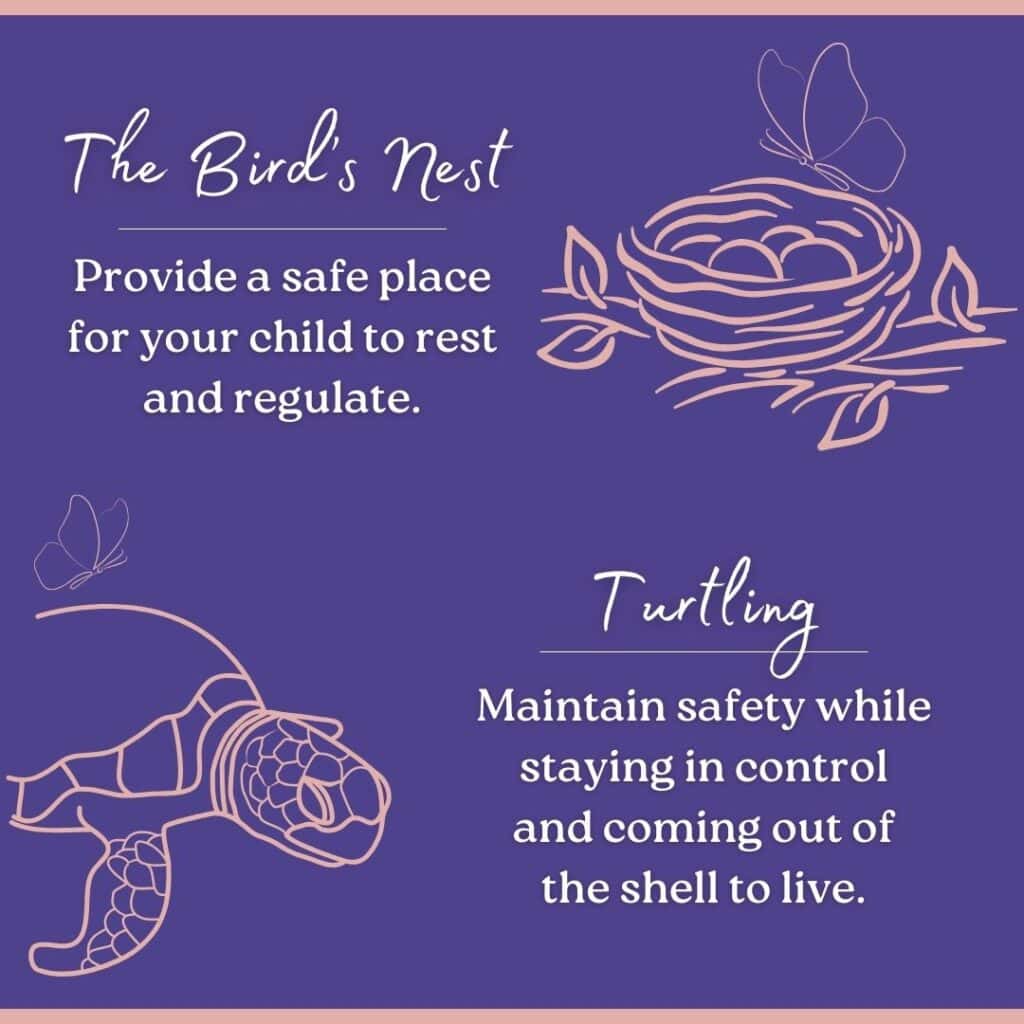
The 5 R’s of Cocooning
There are 5 R’s to the cocooning season: Rest, Relax, Recover, Regulate, and Relationship.
Cocooning Rest
The cocooning season of rest is when we quiet down the outside noise and allow the brain and body to rest. People going through the cocooning process may have an adrenaline crash from the transition and need more sleep than usual. We also want this to be a time when adoptive or foster parents get to be the resource for their child’s needs. This gives parents opportunities to start saying “yes” and enabling a child to feel safe and satisfied. This cocooning season of rest also means slowing down the calendar so that there can be peace.
Cocooning Relaxation
People generally don’t realize how much anxiety comes with social interactions, busyness, and new environments. Cocooning means relaxing our schedules, calendars, friends, and family interactions enough to prevent tension in the environment or our bodies. Think of this time of cocooning as a staycation for your immediate family. It is a time for people to relax, get to know each other, and have fun together. Try not to fill this space with too many fun vacation events. Remember, the goal during this cocooning cycle is to rest and relax at home as a family.
Cocooning Recovery
Each person is unique in their recovery needs during the cocooning process. I highly encourage parents partaking in adoption and foster care to be flexible with their expectations during this cocooning time. There are some things, however, that we are looking for during this recover time.
First, evaluate the child’s individual needs. If trauma is present, work with a TheraPlay play therapist to help stabilize the child and ensure his or her safety. Consider using TBRI parenting tools to enable healthy behaviors playfully.
Secondly, we want to build new routines as a part of the cocooning process. These generally start with morning, bedtime, meals, school, and church routines. Please don’t change these all at once! We are going to slowly work towards developing our new routines. Start with meals and snack routines. Then, start to add the morning and evening routines. Once all of those are going smoothly, transition to adding school and church routines. Remember, cocooning is a several-month transition.
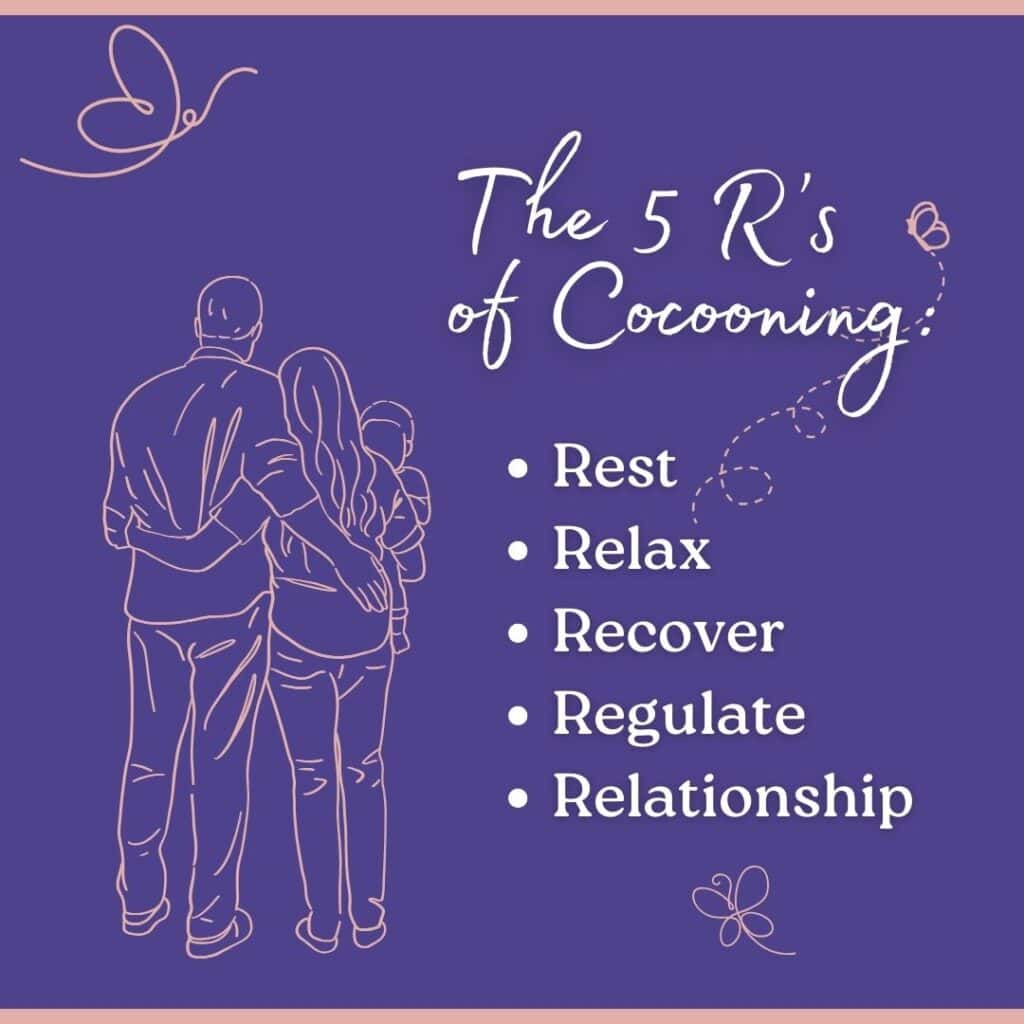
Cocooning Regulation
How do we know if we are making progress during the cocooning season? The art of cocooning requires a balance of rest, regulation, and new routine structures to promote family communication between parents and children. My history of working with children has shown me that when we go slowly and take enough time to rest and recover, a child will become emotionally and behaviorally regulated. Watching a child’s physical and emotional responses will give insight into whether or not their brain can regulate their emotions and behaviors.
Remember, children are always others-regulated, which means adoptive or foster parents must provide emotional regulation for children to feel grounded and regulated. Or they will be co-regulated, which means occasionally, the child may be able to regulate themselves. During the cocooning phase, assume your child will be learning to regulate off you. If you can regulate your emotions, the child may also be able to regulate their emotions.
During this cocooning phase, parents will start to see the difference between the real child and the child’s trauma brain behaviors that are outside their ability to regulate. A child who cannot regulate emotions or behaviors needs a slower cocooning phase. In these cases, parents are highly encouraged to work with a TBRI trauma therapist to help.
Cocooning Relationship
Parents in adoption or foster care are generally surprised when I tell them the relationship bond with their child comes at the end of the cocooning process. After all, isn’t the purpose of the cocooning season to build the relationship between the parents and child? Yes, it is. However, notice that in the attachment cycle, the ability to have a trusting relationship with the primary caregiver comes at the end of the cocooning cycle, not the beginning.
The parents’ job during this cocooning season is similar to the mama bird’s job. Parents choose relationships by protecting the nest, providing food, and assuring safe rest for their baby birds. Letting children rest, relax, recover, and regulate gives them the foundation for a trusting relationship with their parents.
This is where the “turtle” concept comes into play. When a child is rested, relaxed, recovered, and regulated, they will feel safe enough to come out of their shell and interact with you. Many parents try to control this relationship process, and in their excitement, they unintentionally wound the developing relationship. This is again where cocooning and building a relationship with a child is an art.
Each child and their needs are unique. Keep giving opportunities for the relationship to build, even if it’s not reciprocated. You never know when or where a child can choose a relationship with you. Have hope; we know that turtles will come out of their shell when they are ready. A successful cocooning process means we have to be willing to wait for them to be ready.
